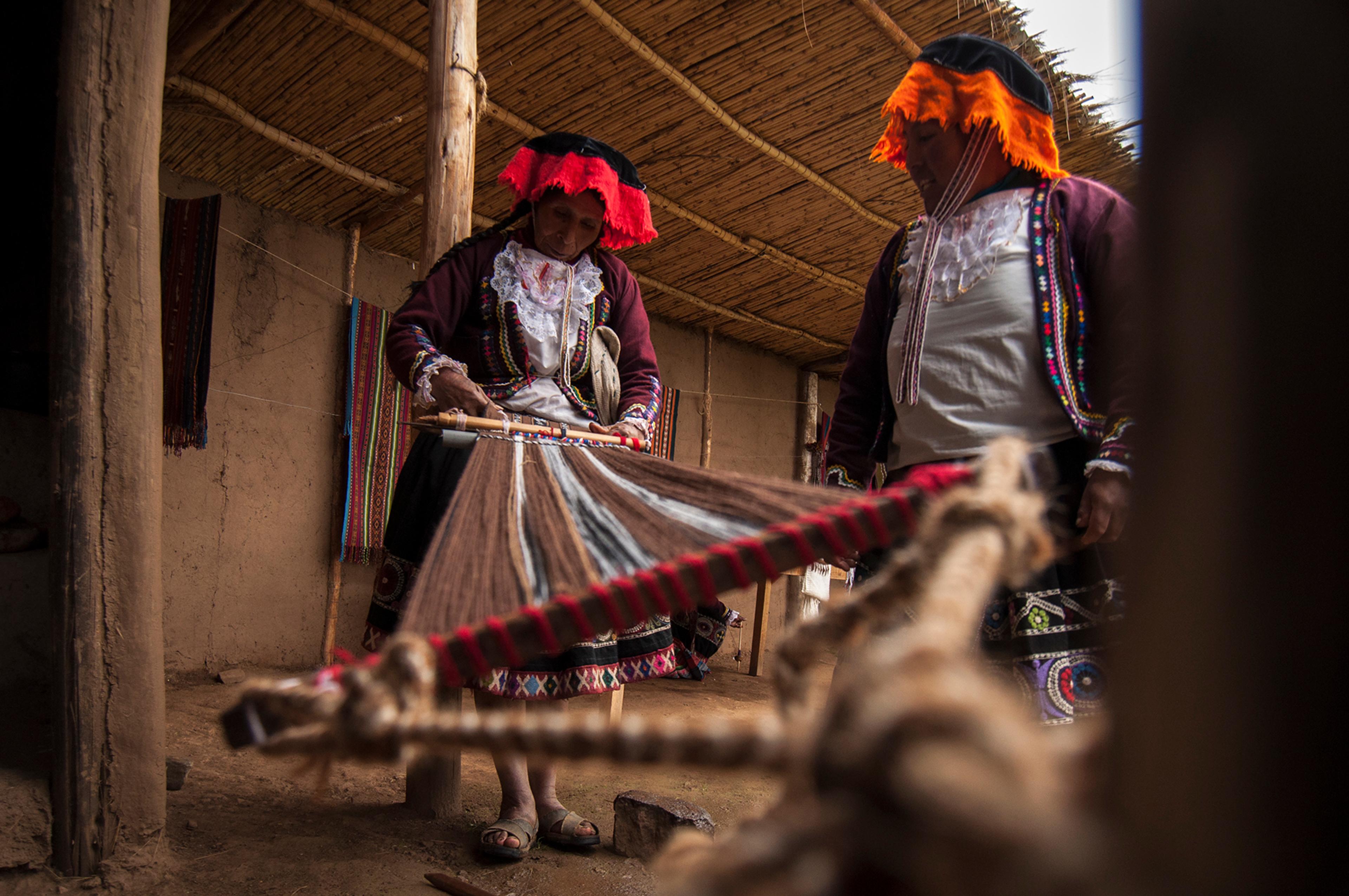
“Even though the focus might be, for example, women’s and trans people’s rights or land tenure work or biodiversity—the climate crisis is at the root of all of it.”
We are the Solution (WAS), a group of women-led family farmer organizations located throughout West Africa, supports the environment and each other by teaching agroecology—which emphasizes local farmers’ knowledge—and building a sustainable food system with long-term community access to an ancestral diet. The initiative is caring and practical, devoid of top-down policies that defer to distant bodies, and in favor of the communities who know their own needs firsthand. Instead, the leaders here are local—the actors directly involved. It is a truly grassroots organization, and one of several comprising the ecosystem of the CLIMA Fund. CLIMA is the heartbeat of a body of four public fundraising foundations—Global Greengrants Fund, Grassroots International, Thousand Currents, and Urgent Action for Women’s Human Rights—that allocate resources directly to “Indigenous-, women-, youth-, and peasant-led climate movements,” many of whom are often neglected by the philanthropic sector.

What does grassroots truly mean? On their website, CLIMA describes a grassroots solution as one “coming from, led by, and accountable to the people most impacted by a problem.” CLIMA supports, directly and with care, communities on the frontlines of the climate crisis—a catastrophe that is both the core and bellowing harbinger of so many others—highlighting and inflaming issues around housing, gender rights, and economic justice. How do we function when the planet cannot? Who is most irreparably impacted by its destruction? Gargi Sharma, Communications and Development Manager of the CLIMA Fund, explains: “There are a lot of movements in this world that may not see themselves as climate movements, but they are very much ecology movements: food sovereignty movements, land tenure, Indigenous sovereignty, movements that start to look at the fact that women and non-binary people produce so much of the food, but don't have control over the land on which the food is produced. This is a common thread that we are seeing—resistance and revolts for democracy have overlaps with climate.”

The four organizations involved with CLIMA fundraise collectively and then, mobilizing a resource distribution model, split those donations among groups leading movements like those described. “If we get half a million from a funder,” Sharma explains, “the money’s not just sitting around. It’s moving.” The Urgent Action Fund, for example, responds to direct and immediate crises; Thousand Currents and Grassroots International establish longer-term partnerships with groups who can then continue to plan for the years ahead. CLIMA’s ethos is centered around the understanding that an organization’s scale doesn’t need a far or speedy reach to be impactful or necessary; rather, providing the financial resources for many strategies will have a cumulative effect on their growth and, in turn, the planet’s wellbeing. A scroll through their supported organizations reveals the breadth and range of grassroots movements in general; they are both small and massive. CLIMA, at its heart, is about trust—trust that communities hit hardest by climate change already have innovative, sophisticated solutions and practices to help themselves, and can establish them if given the proper financial support. “A lot of framing has depended on casting women, Indigenous peoples, and Global South nations as the victims,” says Sharma. “They are the actors…in the resistance to all of these systems. And they are the actors who have been fighting for centuries and winning for centuries.”
CLIMA